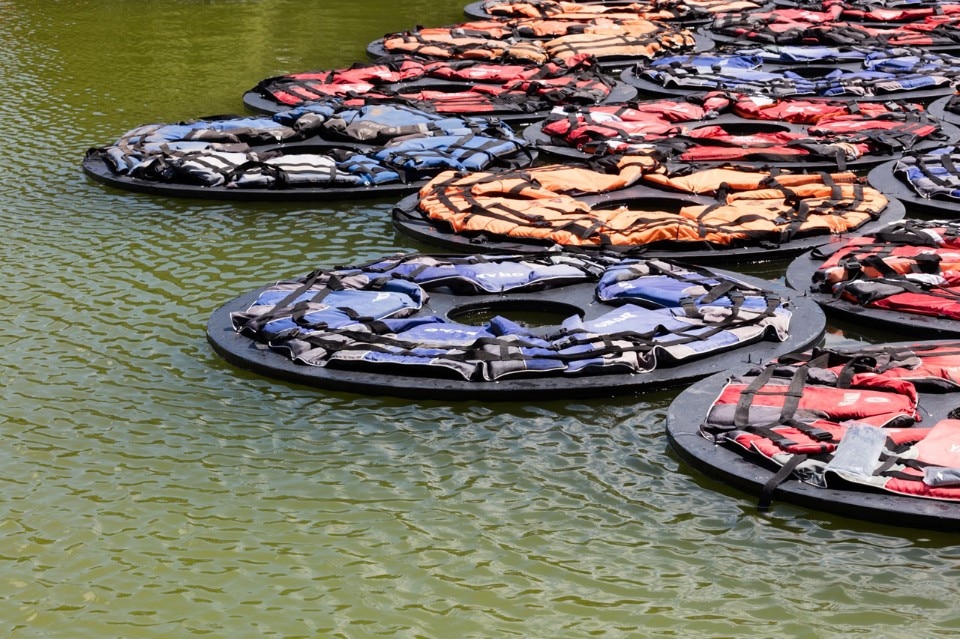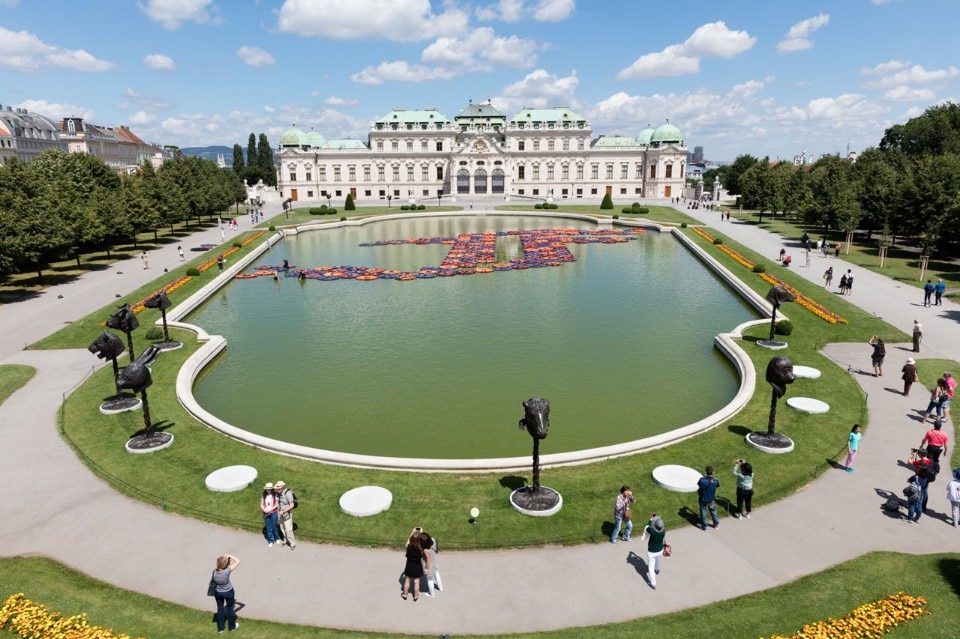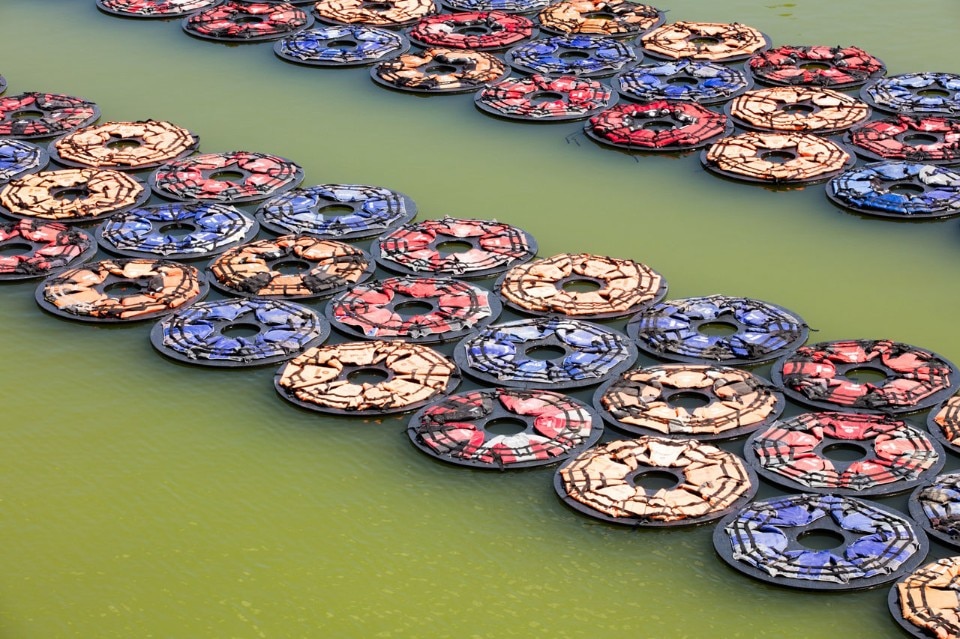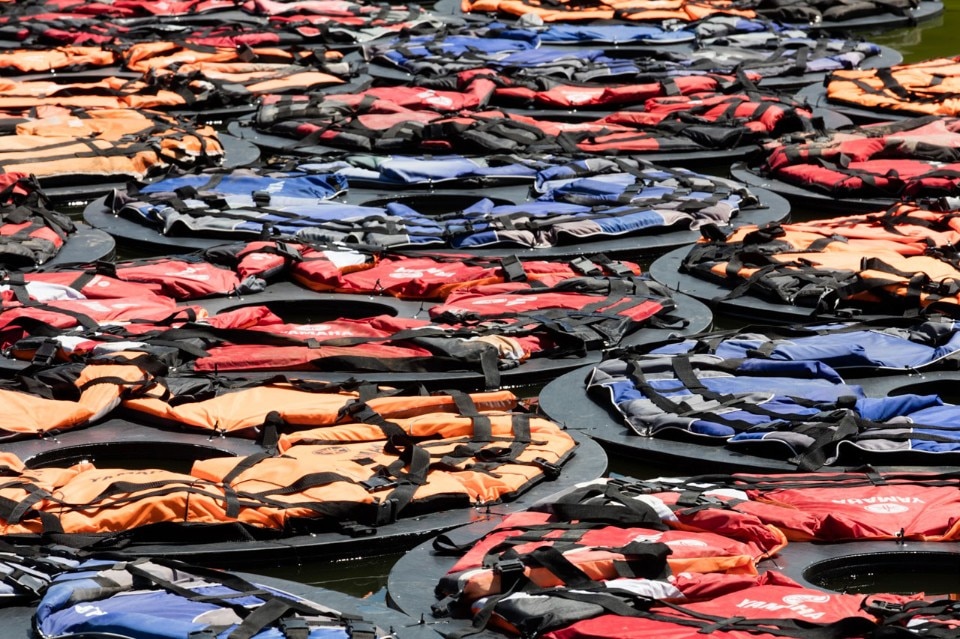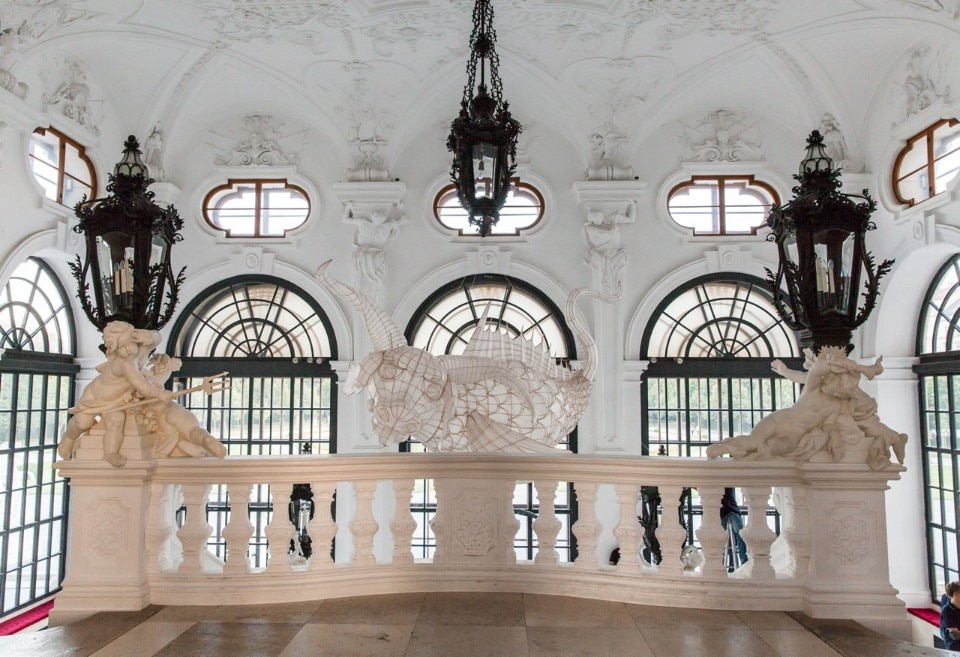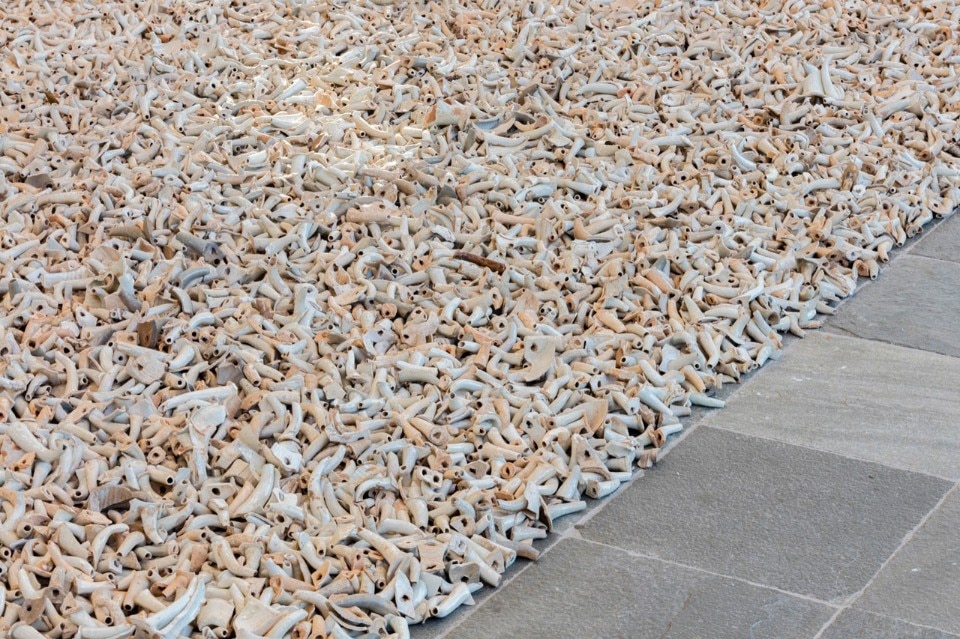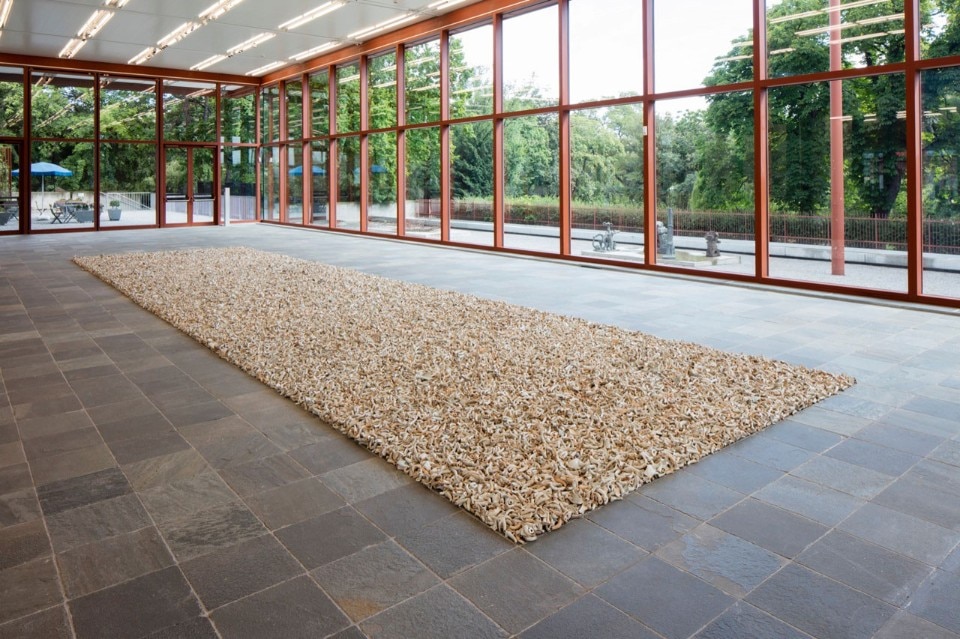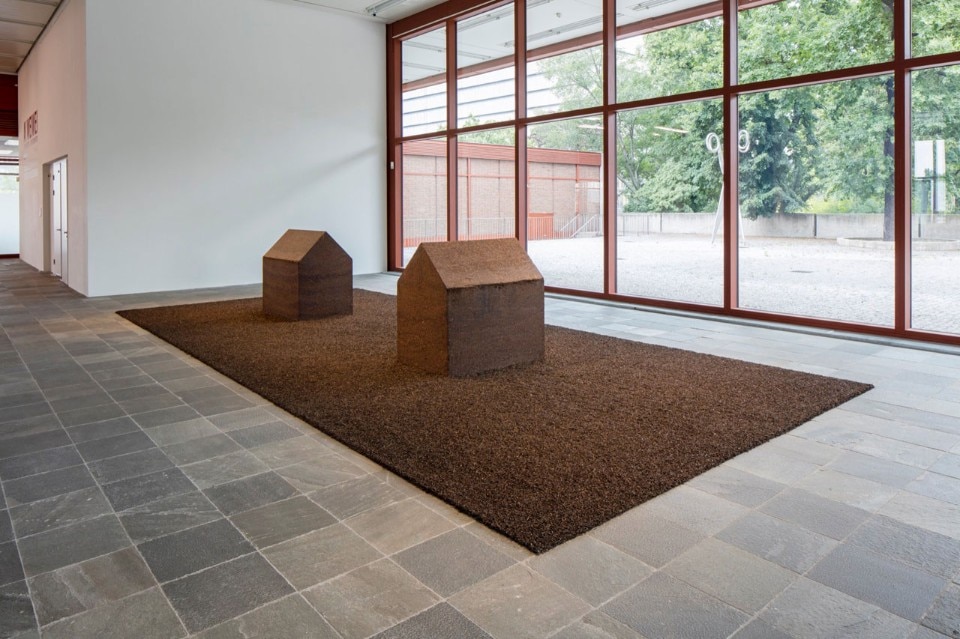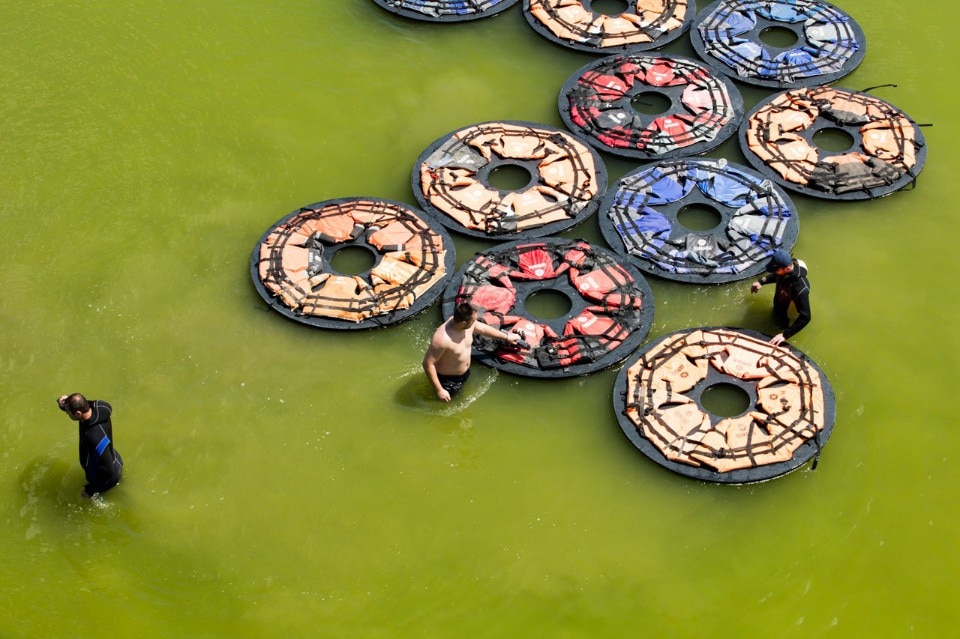
“This is the first time Ai Weiwei’s work will be shown in such a comprehensive exhibition within Austria. Entitled translocation – transformation, the show was conceived through a collaboration with the artist and will extend far beyond the scope of a mere solo exhibition. Not only does it feature aspects of Ai Weiwei’s life, the show also addresses current social issues, which affect us all”, explains Agnes Husslein-Arco, the director of the Belvedere and the 21er Haus.
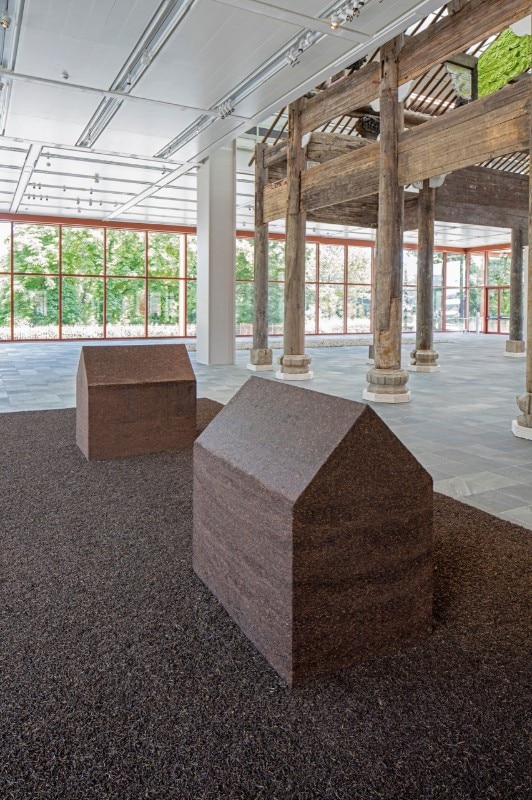
“Every translocation is followed by a process of reorientation, which is paralleled by an inner migration and transformation of identity. In his nomadic existence, Ai Weiwei is a social being, a zoon politikon, who cannot be detached from his local environment, his traditions and culture”, explains the curator Alfred Weidinger about the unique artist.
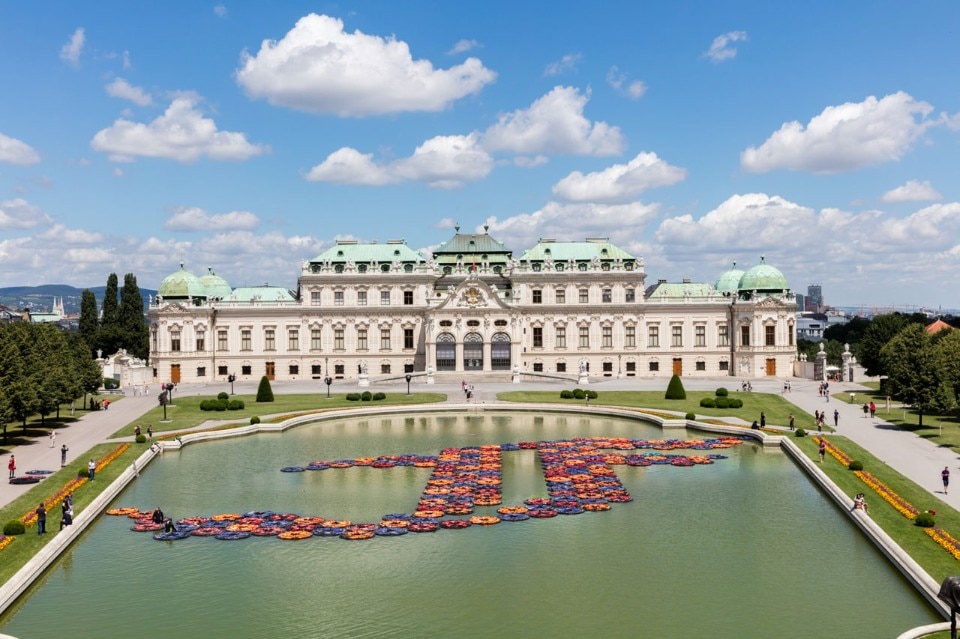
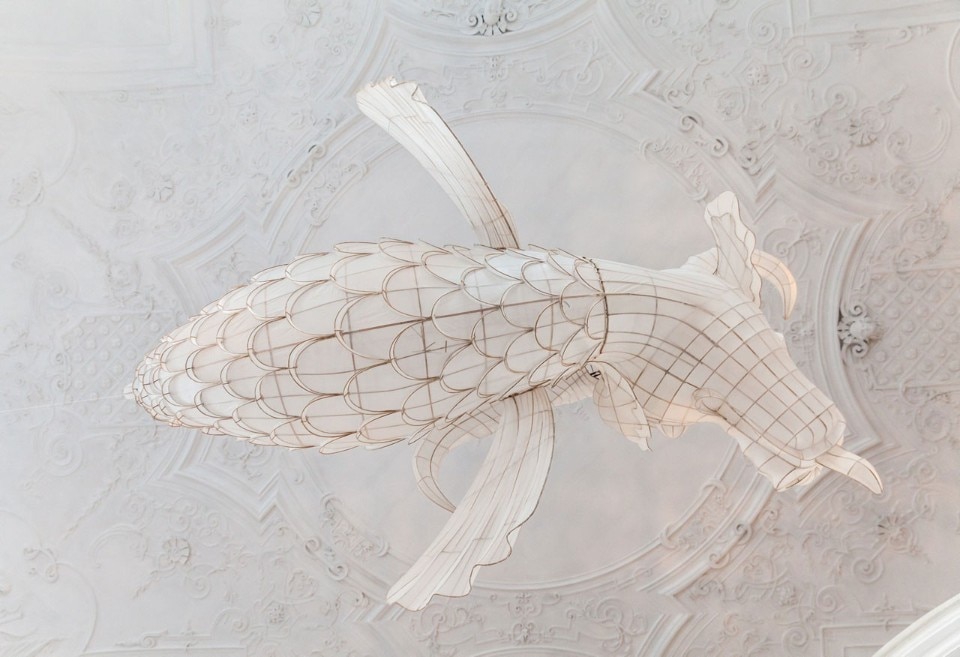
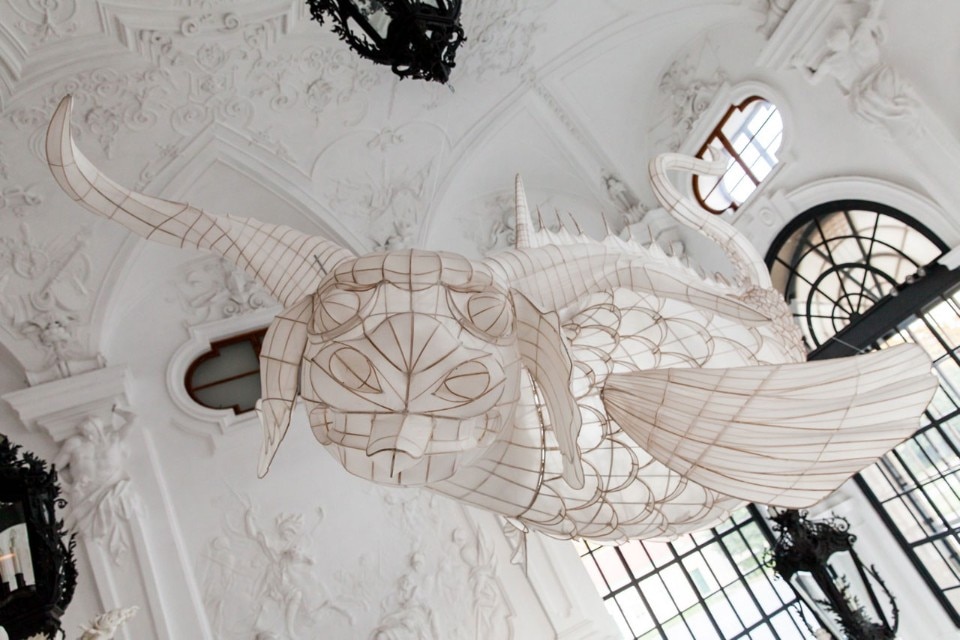
Furthermore, Ai Weiwei addresses the current refugee crisis with the work F Lotus, an installation composed of 1,005 worn life jackets. Arranged in the shape of the letter F, each one of the 201 rings is comprised of five individual jackets, which float like lotus blossoms on the waters of the baroque ponds at the park of the Upper Belvedere.
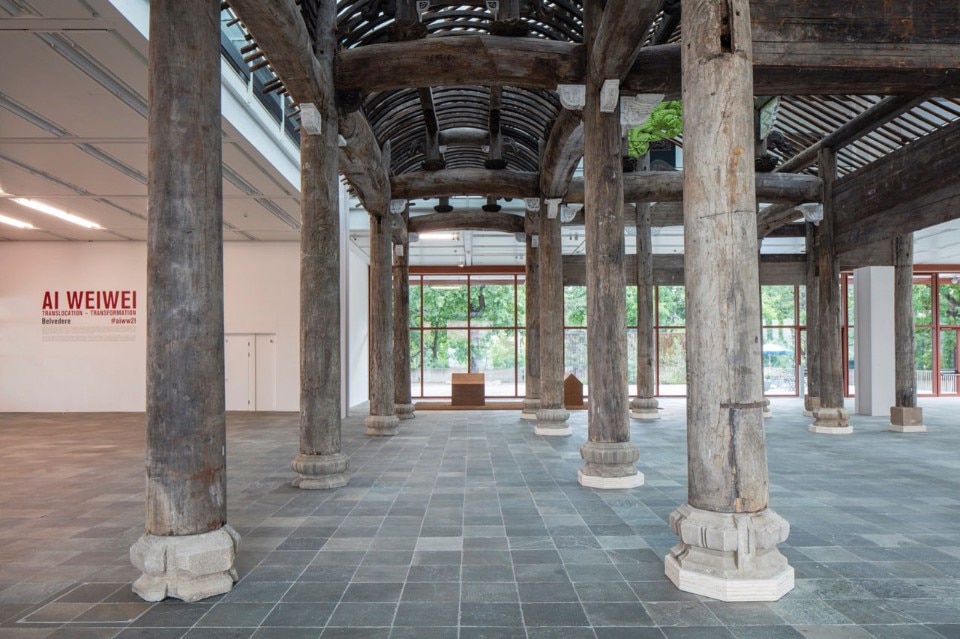
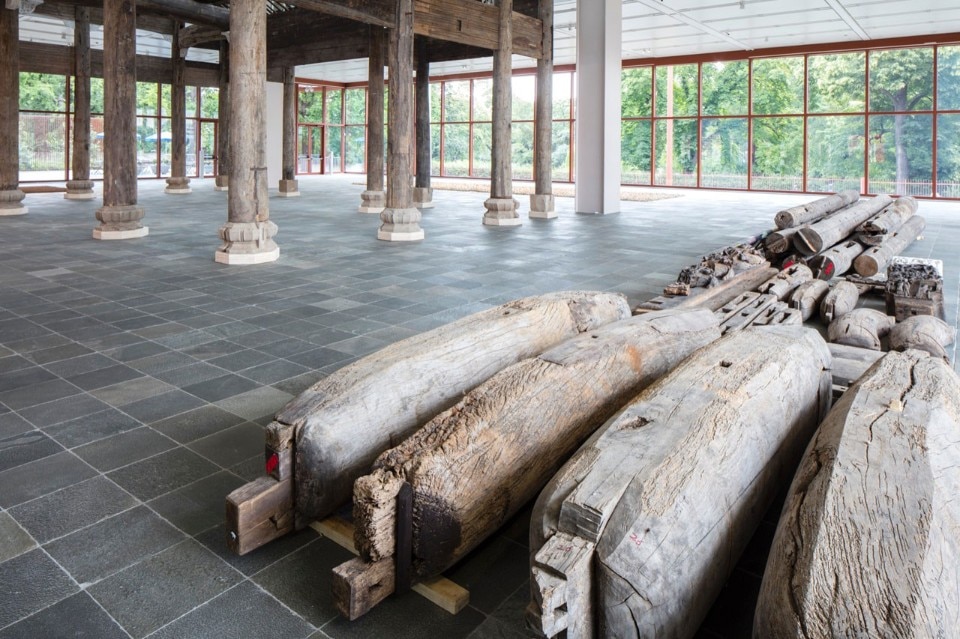
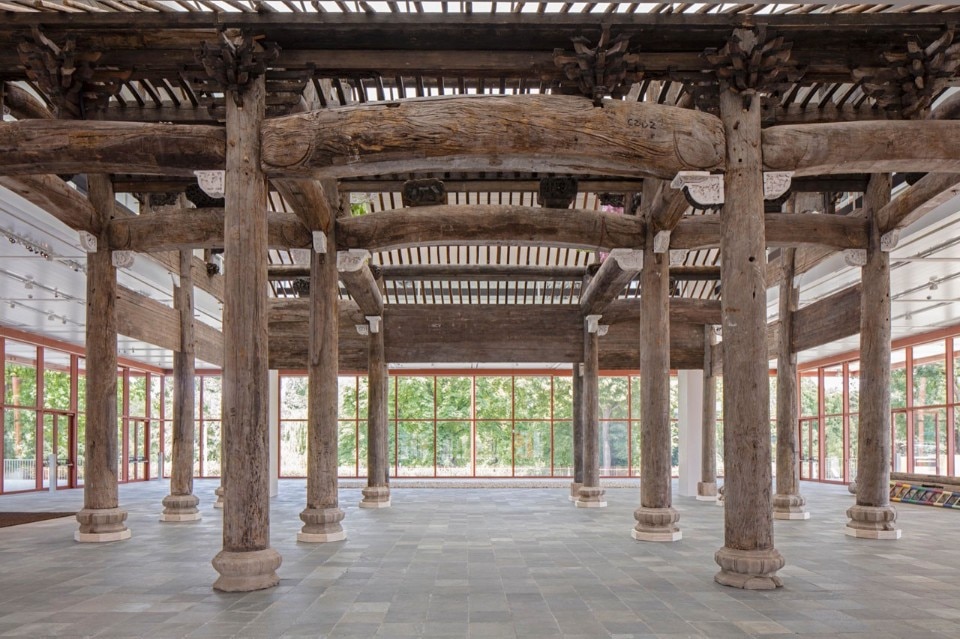
The exhibition is accompanied by curator-led tours, including tours which combine the garden of the Belvedere with the 21er Haus, as well as tactile tours for the blind and visually-impaired people, workshops for instant photography and Chinese calligraphy. The museum will also offer workshops for children such as When Dragons Travel, Off you go and In the Year of the Monkey, followed by a comprehensive program for schools, starting in September. On October 5, Helmut Opletal, China expert at the University of Vienna, will speak on the Chinese cultural revolution and the second Opium War with his lecture “Art, Society, and Provocation,” which seeks to answer the question why Ai Weiwei’s art has become the expression of social engagement and political engagement that it is. Ai Weiwei’s work F Lotus is the starting point for the event series titled Tea Talks. With that, the 21er Haus becomes the site of meeting and exchange for people with or without migrant experience.
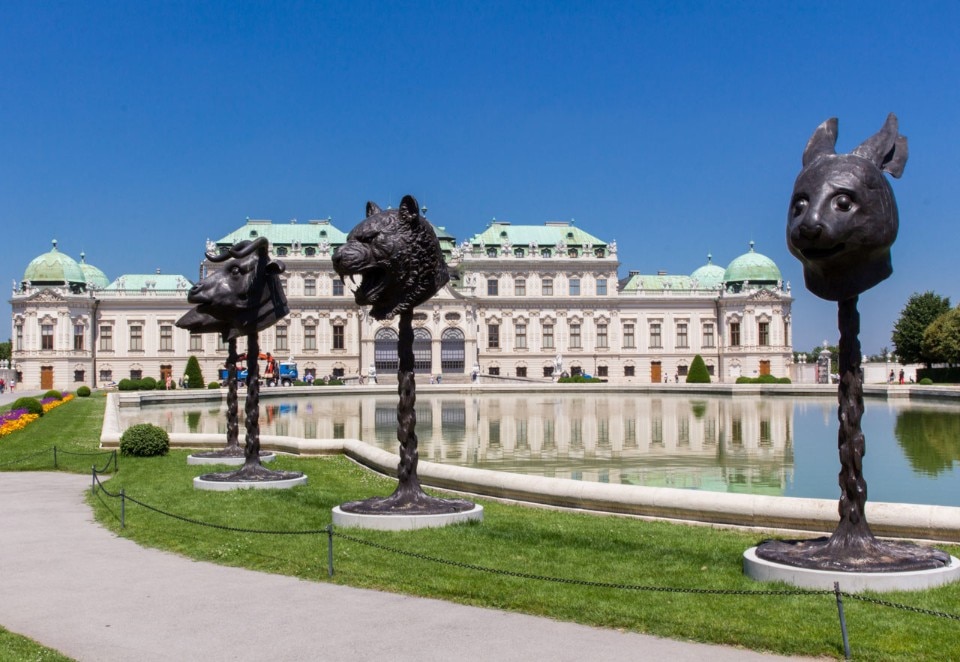
14 July – 20 November 2016
Ai Weiwei: translocation – transformation
21er Haus, Belvedere Museum Vienna
Quartier Belvedere, Arsenalstraße 1, Vienna
Curator: Alfred Weidinger


